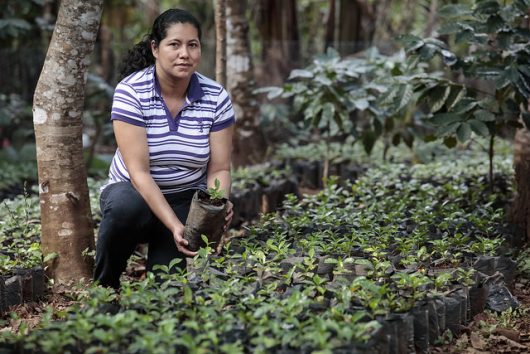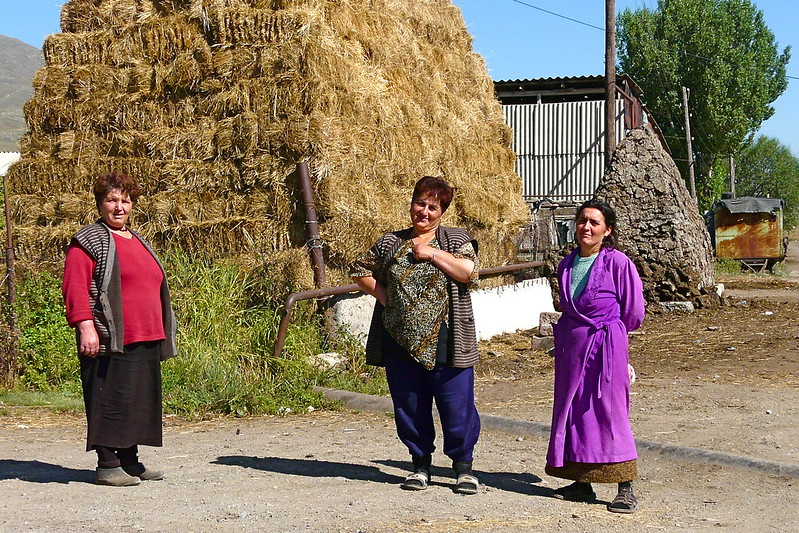 As one of the earliest Christian civilizations, Armenia holds steadfast to countless traditions, including those rooted in dance, music, art and cuisine. Disappointingly, Armenia’s customs come with a bleak history of deficiency and shortage. 32 percent of Armenians live an underprivileged lifestyle. Non-government organizations have been working to decrease this large percentage and address many other issues within the country. These three NGOs offer more insight into learning how to help people in Armenia.
As one of the earliest Christian civilizations, Armenia holds steadfast to countless traditions, including those rooted in dance, music, art and cuisine. Disappointingly, Armenia’s customs come with a bleak history of deficiency and shortage. 32 percent of Armenians live an underprivileged lifestyle. Non-government organizations have been working to decrease this large percentage and address many other issues within the country. These three NGOs offer more insight into learning how to help people in Armenia.
KASA Swiss Humanitarian Foundation
For almost 20 years, KASA has been supporting impoverished Armenians through the contribution of material aid, training opportunities and developmental tools. Education alongside communication allows KASA to promote a civil society and sustainable growth. This NGO is currently involved in three projects, with their most popular one titled Sponsored Families. Every year, 20 to 25 Armenian families struggling with illness, unemployment and inadequate housing are supported through Sponsored Families. KASA strongly encourages others to help people in Armenia by funding these families. The organization also prospers via volunteer efforts, organizing collaborated events and spreading the word.
Full Life
Originated due to civic responsibility, Full Life works for equal rights for the 6.2 percent of Armenians struggling with disabilities. Their involvement goes beyond advocacy and public awareness through the implementation of multiple programs. A recent project included employment of people with disabilities in the livestock sector. This project is certainly a priority when one considers the 35.2 percent poverty rate among Armenian households with no employed members. Full Life seeks most of its support through volunteer work and contributions. They also build awareness through various campaigns and encourage the public to join their mission of equal opportunity.
Peace Dialogue
Like many other countries around the world, Armenia has experienced its fair share of conflict. A prime example is a disagreement with their neighbor Azerbaijan over the territory of Nagorno-Karabakh. Ethnic clashes date back centuries, with tension between the two countries still existing. Peace Dialogue studies conflict and unites experienced human rights defenders to promote peace-building initiatives. Over the course of 2015-2016, Peace Dialogue has been involved in seven projects. The programs ranged from reducing corruption risk in public transportation to using artistic means for human rights protection. Much of Peace Dialogue’s assistance is generated through sponsors, but they accept help in the form of donations as well. Involvement is also stimulated by their online presence where they feature articles, research and annual reports.
Helping people in Armenia begins with looking at what the country needs. Many of Armenia’s goals relate to poverty reduction, equal rights and peace. Successful NGO outcomes require more than subsidies to see results. Management and large-scale immersion are also crucial to successful function. Each NGO mentioned offers three methods of participation: funding, volunteerism and public understanding. If you are unable to share your money or time, exchanging thoughts on Armenia’s issues over social media is an excellent way to get the ball rolling.
– Emilee Wessel
Photo: Flickr
 How to help people in Greece? While Greece is one of the world’s most beautiful travel destinations, it is currently experiencing a great deal of
How to help people in Greece? While Greece is one of the world’s most beautiful travel destinations, it is currently experiencing a great deal of 
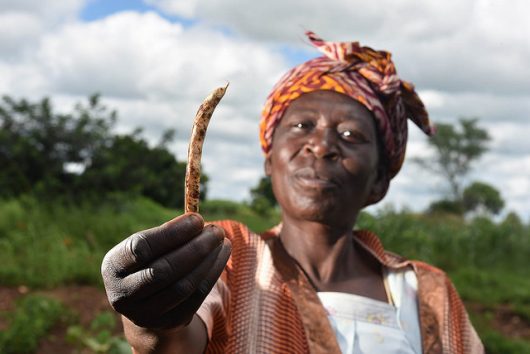
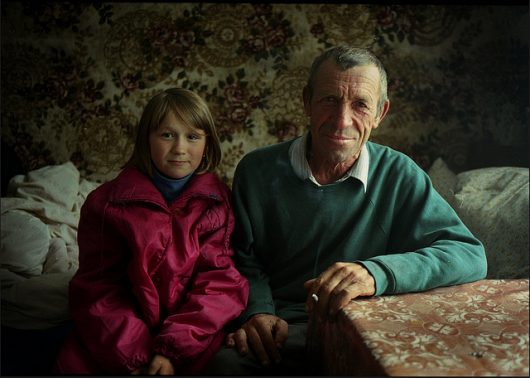
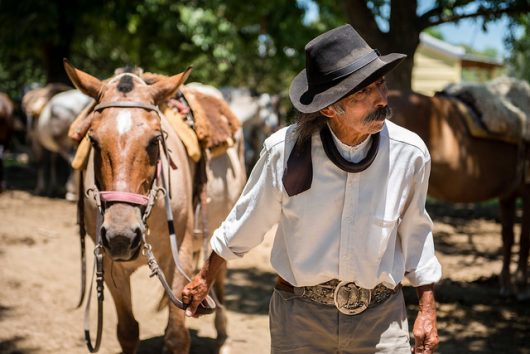 With over
With over 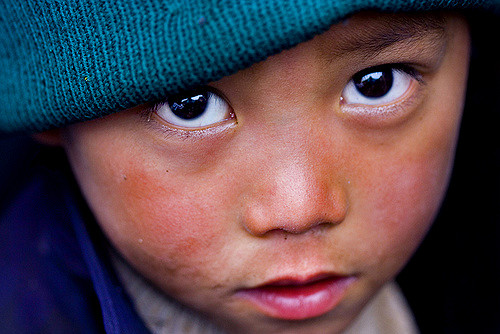 Since the days of the Vietnam war, Vietnam’s people and economy have seen tremendous improvement. This is in large part thanks to Doi Moi, a sweeping economic reform which began in 1986 and turned Vietnam’s economy into a market-driven one – rather than the tightly state-controlled economy that existed there before. While the country’s wealth saw a drastic improvement, as did the
Since the days of the Vietnam war, Vietnam’s people and economy have seen tremendous improvement. This is in large part thanks to Doi Moi, a sweeping economic reform which began in 1986 and turned Vietnam’s economy into a market-driven one – rather than the tightly state-controlled economy that existed there before. While the country’s wealth saw a drastic improvement, as did the  In 2015, Shi’a rebels known as Houthis allied with forces loyal to former President Ali Abdullah Saleh to rebel against elected President Abdrabbuh Mansur Hadi, leaving the country in a state of chaos. The international community scrambled to determine how to help people in Yemen. The answer comes from ending the violence, increasing medical aid, and investing in infrastructure.
In 2015, Shi’a rebels known as Houthis allied with forces loyal to former President Ali Abdullah Saleh to rebel against elected President Abdrabbuh Mansur Hadi, leaving the country in a state of chaos. The international community scrambled to determine how to help people in Yemen. The answer comes from ending the violence, increasing medical aid, and investing in infrastructure.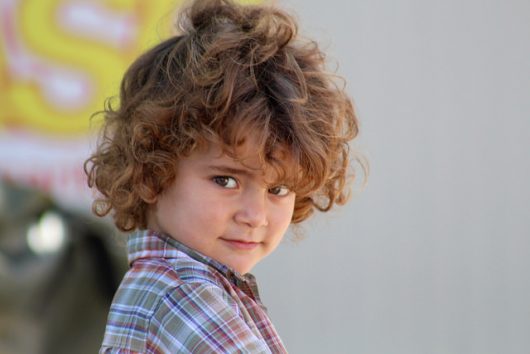 Over the last two years,
Over the last two years, 